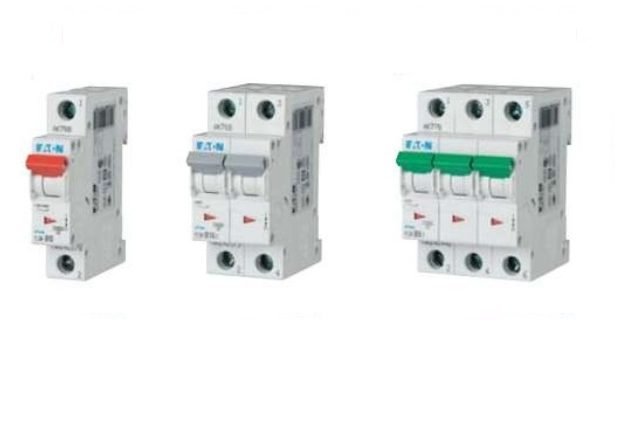Low Versus High Voltage for Your Home
As a homeowner you have probably seen voltage warnings on wires, fixtures, and electrical panels. This article will discuss low versus high voltage. If you are considering starting on a home project that will involve electricity, consult with an experienced licensed electrician for your family’s safety and the best results.
Differences
Voltage is among several measurements for rating devices and power lines. High voltage is classified as having the potential to cause injury or harm. The ratings of the International Electrotechnical Commission (IEC) consider high voltage to be more than 1,500 volts for DC (direct current) circuits and 1,000 volts for AC (alternating current) circuits. In contrast, the IEC rates circuits 120 to 1500 VDC (volts DC power) and 50 to 1,000 VAC (volts AC power) as low voltage.
Home Voltage
As rated by the IEC, home electrical wiring is considered low voltage. However, housing voltage, which is from 100 to 250 VAC, is considered high voltage for home owners. Consequently, 5 to 24 volt devices are considered low voltage in homes. Due to the large number of USB-powered devices, the 5-volt USB outlet is now common.
Examples
The typical home has wiring in the 100 to 240 VAC standard. An electrical socket is not converting electricity, but rather supplying 120 volts to a 40 watt halogen bulb that uses only 12 volts. A home’s electrical wiring will almost be entirely line or high voltage because it is simpler for devices to transform the source voltage than attempting to have every device conform to a home’s electrical standard.
Although the standard is having high-voltage circuits, there are instances when low-voltage circuits and devices are better. For example, the outdoor electrical fixtures of a home’s landscaping or yard are usually low voltage to help ensure safety in wet weather. However, a high voltage system may be needed for large areas to supply enough electricity.
Low voltage wiring is adequate for energy-efficient lighting and smart systems. LED lights that were not manufactured for standard sockets can instead function from low voltage DC lines. Similarly, a smart home using several digital devices would need the installation of low voltage circuits to supply their electrical needs.
Electrical Peace of Mind
Providing professional electricians since 1988 in Maryland, Cook Electric is the company you can rely on for all your electrical service needs. For knowledgeable, fair, honest, reliable, and conscientious service, call Cook Electric today at (410) 266-9040. They will be very glad to help you.

